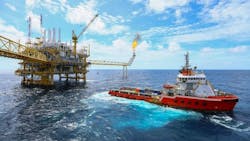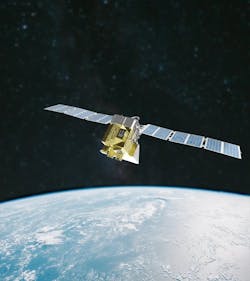Technology roadmap offers support for lowering North Sea emissions
Offshore staff
ABERDEEN, UK — Britain’s North Sea Transition Authority (NSTA) and the Net Zero Technology Centre (NZTC) in Aberdeen have introduced an Emissions Measuring and Monitoring Technology roadmap.
This provides companies in the energy industry with data and updates on more than 45 of the latest technologies that are either available now or under development.
They range from in-situ sensors and hand-held instruments to drones, planes and satellites. Information supplied on each technology includes the method of deployment, sensor classification and measurement frequency.
According to the NSTA, the service should help offshore facility operators identify suitable techniques for measuring and monitoring emissions from power generation, flaring and venting.
Although the UK offshore sector is on course to meet the UK’s North Sea Transition Seal emissions reduction target of 25% by 2027, further measures are being taken to reach the goal of halving production emissions by 2030, against a 2018 baseline.
Doug Griffin, NSTA’s measurement and allocation manager, said the roadmap should help improve the quality of data that the NSTA uses in assessing operators’ progress.
“In addition, some of the technologies showcased allow greenhouse-gas emissions to be modeled in real time; this can play a key role in helping operators to manage and minimize these emissions,” he said.
Lewis Harper, NZTC project manager, added, “We had an overwhelming response to our call for technology to include in the roadmap, which was followed by an extensive screening process whilst also cross-referencing against some of the leading organizations such as IOGP and Carbon Limits.
“Providing operators with current and emerging technologies means that the market scan has been done for them, allowing them to focus on selecting the best solution to accurately baseline their emissions and, more importantly, take action.”
04.25.2024

